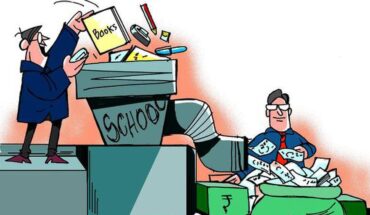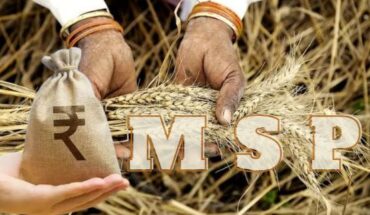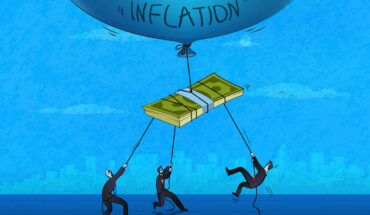India’s monsoon season this year has been a study in contrasts. For the first time since 2018, the country witnessed a deficit monsoon, receiving rainfall nearly 6% below the considered ‘normal’. This was not entirely unexpected. Early indications, including the looming El Niño, hinted at a subdued monsoon. Historically, this warming of the central and eastern Pacific Ocean has led to decreased rainfall in India, especially in the north-west. Between 2019 and 2022, the Indian monsoon was influenced by the cooling La Niña phenomenon, often linked to above-average rainfall. Given this background, hopes for a normal monsoon in 2023 were tempered. Yet, the actual monsoon experience was anything but typical. While parts of the country experienced ‘excess’ rainfall, others grappled with ‘deficient’ showers. August, a crucial monsoon month, saw a significant dip in rainfall. Conversely, several northern states, which anticipated minimal rain, faced deluges due to unprecedented rainfall events. Cities were inundated, and natural calamities like floods and landslides became common, particularly in regions like Chandigarh, Haryana, and Himachal Pradesh. Conversely, regions like Maharashtra experienced drought-like conditions, leading to water disputes, as seen between Karnataka and Tamil Nadu over the Cauvery river. The India Meteorological Department’s forecast for a ‘normal’ north-east monsoon and increased rainfall in parts of north-west and south India further emphasizes the unpredictable nature of our changing climate. This unpredictable monsoon pattern underscores a pressing need: investing in resilient infrastructure. Such infrastructure can act as a safeguard against the erratic behavior of global climate patterns. While efforts have been made to improve forecast models, they often fall short in capturing the Indian monsoon’s dynamics. It’s high time we channel more resources and expertise into developing models that can provide accurate and timely warnings, ensuring the safety and well-being of our citizens.
Monsoon deficit calls for resilient infrastructure
|
October 7, 2023 |





